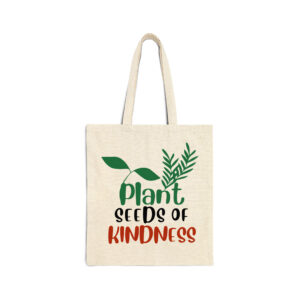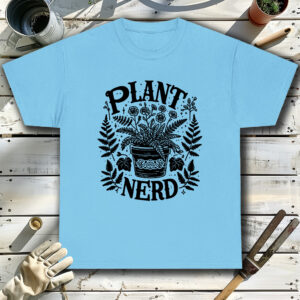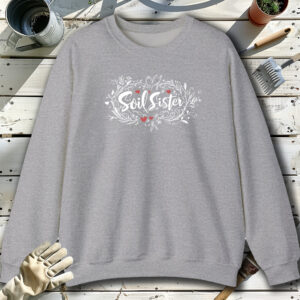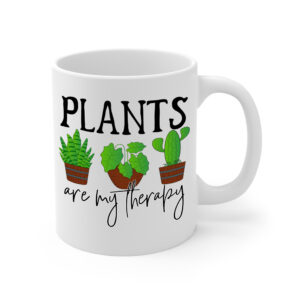Table of contents
Herringbone
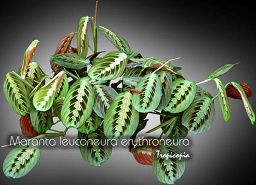
Latin Name: Maranta leuconeura erythroneura
Category: Hanging
Family: Marantaceae
Origin: Brazil
Climate: Tropical
Growing Zones: 11-10
Care Instructions
The Herringbone (Maranta leuconeura erythroneura) is a tropical plant that originates from Brazil. This hanging plant belongs to the Marantaceae family and is well-suited for growing in USDA zones 11-10.
Complete Care Guide for Herringbone (Maranta leuconeura erythroneura)
Watering Requirements
The Herringbone plant, also known as Maranta leuconeura erythroneura, thrives in consistently moist soil, making proper watering essential for its health. It is crucial to water the plant when the top inch of the soil feels dry to the touch. Overwatering can lead to root rot, so ensure that the pot has drainage holes to allow excess water to escape. During the growing season (spring and summer), the plant may require more frequent watering, approximately once a week, while in the dormant season (fall and winter), you can reduce the frequency to every 10-14 days. Additionally, using room temperature water is recommended, as cold water can shock the roots.
Light Conditions
The Herringbone plant prefers bright, indirect light, which mimics its natural habitat under the canopy of tropical forests. Direct sunlight can scorch its leaves, leading to unsightly brown patches. Ideally, place your Maranta near a north or east-facing window where it can receive filtered light. If natural light is limited, consider using grow lights to supplement its light needs. It is important to rotate the plant occasionally to ensure even growth and prevent it from leaning towards the light source.
Soil Preferences
The ideal soil for the Herringbone plant is a well-draining, rich potting mix that retains moisture without becoming waterlogged. A blend of peat moss, perlite, and orchid bark works well to provide the necessary aeration and drainage. You can also use a commercial potting mix designed for houseplants, but ensure it has good drainage properties. Fertilization should be done during the growing season with a balanced, water-soluble fertilizer diluted to half strength every 4-6 weeks. Avoid fertilizing during the winter months when the plant is dormant.
Pests and Diseases
The Herringbone plant can be susceptible to common houseplant pests such as spider mites, aphids, and mealybugs. Regularly inspect the undersides of the leaves for signs of infestation. If you notice any pests, treat the plant with insecticidal soap or neem oil, ensuring to cover all leaf surfaces. Additionally, the plant can suffer from fungal diseases if overwatered or if humidity levels are too high. To prevent these issues, ensure good air circulation around the plant and avoid wetting the leaves during watering. If you encounter yellowing leaves, it may indicate overwatering or poor drainage, so adjust your care routine accordingly.
Special Care Tips
To keep your Herringbone plant healthy and vibrant, consider the following special care tips: Maintain a humidity level of at least 50% to mimic its tropical environment; using a humidifier or placing a tray of water with pebbles beneath the pot can help achieve this. Regularly wipe the leaves with a damp cloth to remove dust and enhance photosynthesis. Pruning is also beneficial; trim any yellow or damaged leaves to encourage new growth and maintain the plant’s aesthetic appeal. Lastly, be mindful of temperature fluctuations; the Herringbone plant prefers temperatures between 65°F to 80°F (18°C to 27°C) and should be protected from cold drafts and sudden temperature changes.

